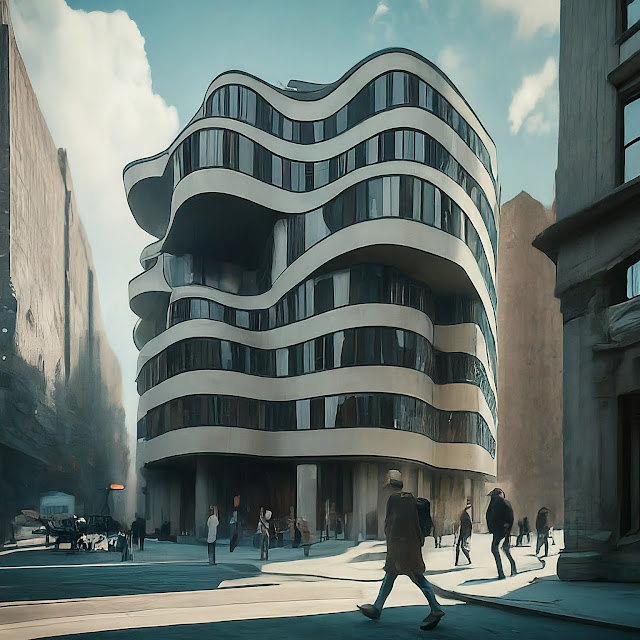High-rise buildings have become iconic symbols of modern urban landscapes, towering above city skylines and pushing the boundaries of architectural engineering. Behind their awe-inspiring facades lies a complex network of structural systems designed to withstand gravity, wind forces, and seismic activity while providing stability, safety, and functionality. In this article, we delve into the world of high-rise structural systems, examining their design principles, innovations, and unique challenges in shaping the built environment.
1. Evolution of High-Rise Structural Systems:
The evolution of high-rise structural systems can be traced back to ancient civilizations, where monumental structures such as pyramids and ziggurats showcased early attempts at vertical construction. However, it wasn't until the late 19th and early 20th centuries that technological advancements such as steel, reinforced concrete, and elevators paved the way for the rise of modern high-rise buildings. The development of innovative structural systems such as the steel frame, reinforced concrete core, and composite structures revolutionized the design and construction of tall buildings, enabling architects to reach new heights and redefine the urban skyline.
2. Design Principles:
High-rise structural systems are governed by several key design principles that ensure their stability, efficiency, and safety. These principles include:
• Load-Bearing Capacity: High-rise structural systems are designed to support the vertical and lateral loads imposed by the building's own weight, occupants, and environmental forces such as wind and seismic activity. Structural engineers analyze the building's height, shape, and mass distribution to determine the optimal load-bearing system.
• Stiffness and Flexibility: High-rise structural systems must strike a balance between stiffness to resist lateral forces such as wind and flexibility to accommodate movement and deformation. Engineers utilize techniques such as bracing, shear walls, and damping systems to enhance the building's stiffness and reduce sway while ensuring occupant comfort and safety.
• Redundancy and Redundant Systems: High-rise buildings incorporate redundant structural systems and redundancy in design to ensure multiple load paths and fail-safe mechanisms in the event of a structural failure or extreme loading condition. Redundancy enhances the building's resilience and safety, mitigating the risk of progressive collapse and ensuring structural integrity under unforeseen circumstances.
3. Types of High-Rise Structural Systems:
High-rise buildings employ a variety of structural systems to meet the specific requirements of each project and address site conditions, architectural aesthetics, and functional needs. Some common types of high-rise structural systems include:
• Steel Frame: Steel frame structures consist of vertical steel columns and horizontal steel beams interconnected to form a rigid frame that supports the building's floors and transfers loads to the foundation. Steel frame structures are lightweight, durable, and versatile, making them a popular choice for high-rise buildings.
• Reinforced Concrete Core: Reinforced concrete core structures feature a central core or shaft made of reinforced concrete that houses elevators, stairwells, and utility shafts. The core provides lateral stability and stiffness to the building, allowing for efficient load distribution and resistance to wind and seismic forces.
• Composite Structures: Composite structures combine steel and concrete elements to leverage the strengths of both materials. These structures typically feature a steel frame with concrete floor slabs, providing strength, durability, and fire resistance while minimizing construction time and cost.
• Tube Structures: Tube structures consist of a series of closely spaced columns and perimeter walls interconnected to form a rigid tube-like framework that resists lateral loads. Tube structures are commonly used in supertall buildings, providing efficient load distribution, lateral stability, and architectural flexibility.
4. Innovations and Challenges:
High-rise structural systems continue to evolve with advancements in materials, technologies, and design methodologies. Innovations such as performance-based design, advanced modeling and analysis tools, and sustainable construction practices are driving the development of safer, more efficient, and environmentally responsible high-rise buildings. However, high-rise construction presents unique challenges such as wind-induced vibrations, foundation design, and building maintenance, which require careful consideration and innovative solutions to ensure the long-term performance and resilience of tall buildings.
5. Conclusion:
In conclusion, high-rise structural systems are the backbone of tall buildings, providing essential support, stability, and safety while pushing the boundaries of architectural engineering. From steel frame structures to reinforced concrete cores and composite systems, high-rise buildings employ a diverse range of structural systems to meet the specific requirements of each project and address site conditions, architectural aesthetics, and functional needs. As high-rise construction continues to rise to new heights, innovations in materials, technologies, and design methodologies are driving the development of safer, more efficient, and environmentally responsible tall buildings that redefine the urban skyline and shape the built environment for generations to come.






















